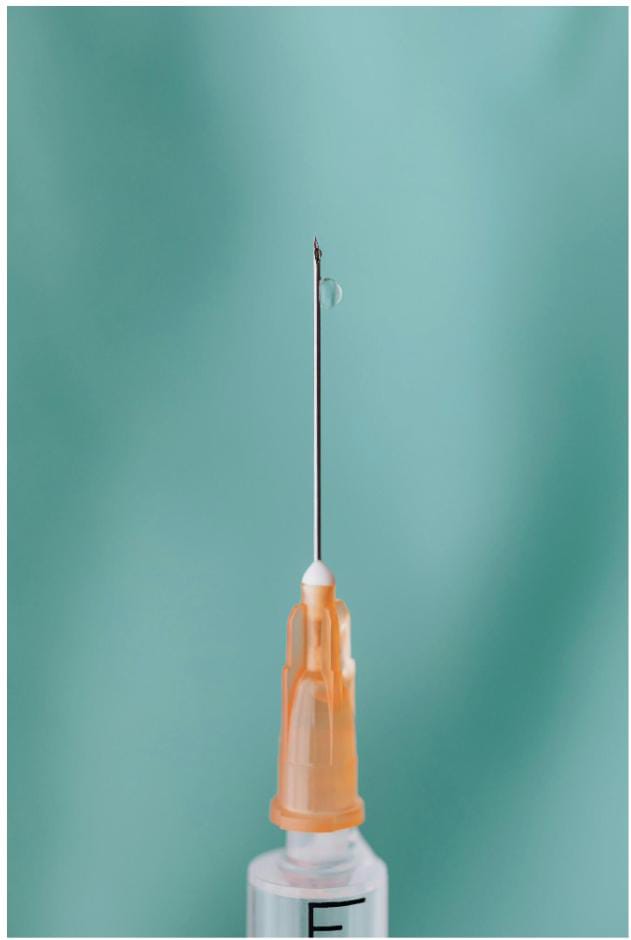Injection molding is a fascinating process used worldwide. It creates a wide variety of plastic products efficiently. Have you ever wondered how everyday items are made?
Injection molding is the secret behind many of them. This process offers precise results and is cost-effective. It involves heating plastic until it melts completely.
Then, the liquid plastic is injected into a mold. Injection mold design determines the shape of the final product. What makes a good injection mold design?
It must be accurate and durable. This guide will cover all these aspects in detail. Let’s explore.
Understanding the Basics of Injection Molding
Melted plastic is injected into a mold during the injection molding process to generate a variety of shapes and sizes. Small to medium-sized plastic parts, including those for toys, cars, electronics, and other items, are mass-produced using it.
The process starts with the heating of plastic pellets until they become liquid. Then, the molten plastic is injected under high pressure into a specially designed mold cavity through a sprue system.
The mold and the plastic are then cooled down until the material solidifies and takes on the shape of the mold. The hardened part is ejected from the mold and can be processed or used as-is.
This entire process happens within a matter of seconds. It makes it highly efficient for large-scale production.
Materials Used in Injection Molding
Various types of plastic materials can be used in injection molding, each with its unique properties and characteristics. Some common materials include:
- Polyethylene (PE)
- Polypropylene (PP)
- Polystyrene (PS)
- Acrylonitrile Butadiene Styrene (ABS)
- Polyvinyl Chloride (PVC)
These materials are chosen based on the desired properties of the final product. It includes strength, flexibility, heat resistance, and more.
PEEK material properties offer excellent thermal stability and chemical resistance. This makes it an ideal choice for demanding applications. They come in different grades and can be mixed or blended to create custom material properties tailored to specific needs.
The Importance of Proper Mold Design
The design of the mold is crucial in the molding process. A well-designed mold should have the following characteristics:
- accurate dimensions for precise parts
- effective cooling channels
- venting to release air during molding
- ejector pins for easy part removal
A good mold design must also take into consideration factors such as material flow, shrinkage, and warpage. These can all affect the quality and consistency of the final product.
Advantages of Injection Molding
Molding offers several advantages over other manufacturing processes. These include:
- high efficiency and speed
- cost-effectiveness for mass production
- wide variety of material options
- minimal post-processing required
Applications of Injection Molding
This molding is used in a vast range of industries. These include automotive, electronics, medical, consumer goods, and more. Some examples of products made through injection molding include:
- plastic bottles and containers
- phone cases and electronic device components
- car parts
- medical equipment housings and parts
Learn More About Injection Molding
Injection molding has revolutionized the manufacturing industry. It allows for efficient and cost-effective production of high-quality plastic products. From understanding the basics to exploring its various applications, this guide has covered everything you need to know about injection molding.
With technological advancements, we can expect this process to become even more precise, versatile, and used. So next time you use a plastic product, remember that it was most likely made through the fascinating process of rapid injection molding!
Stay in touch to get more news & updates on Times Analysis.!



